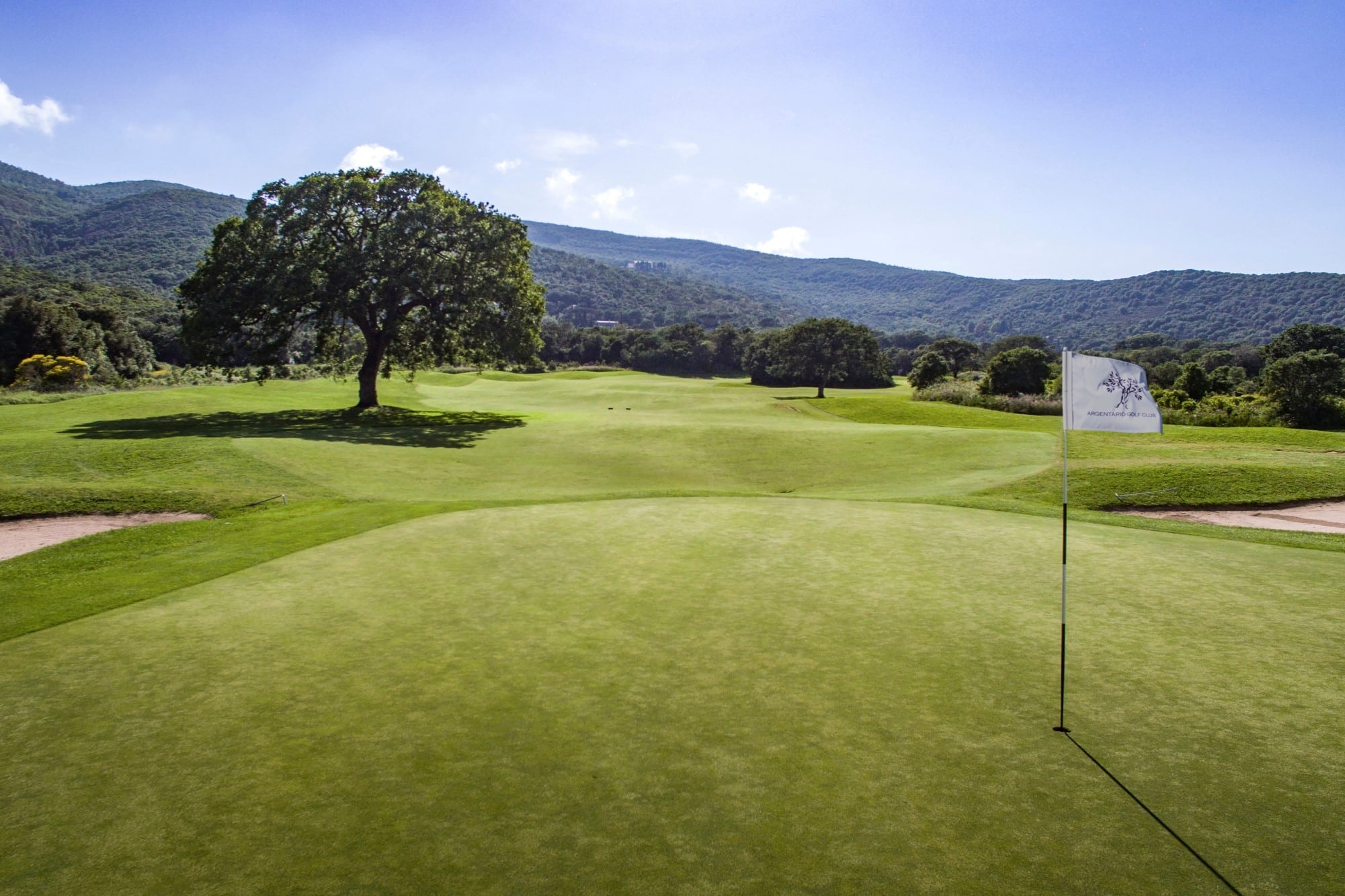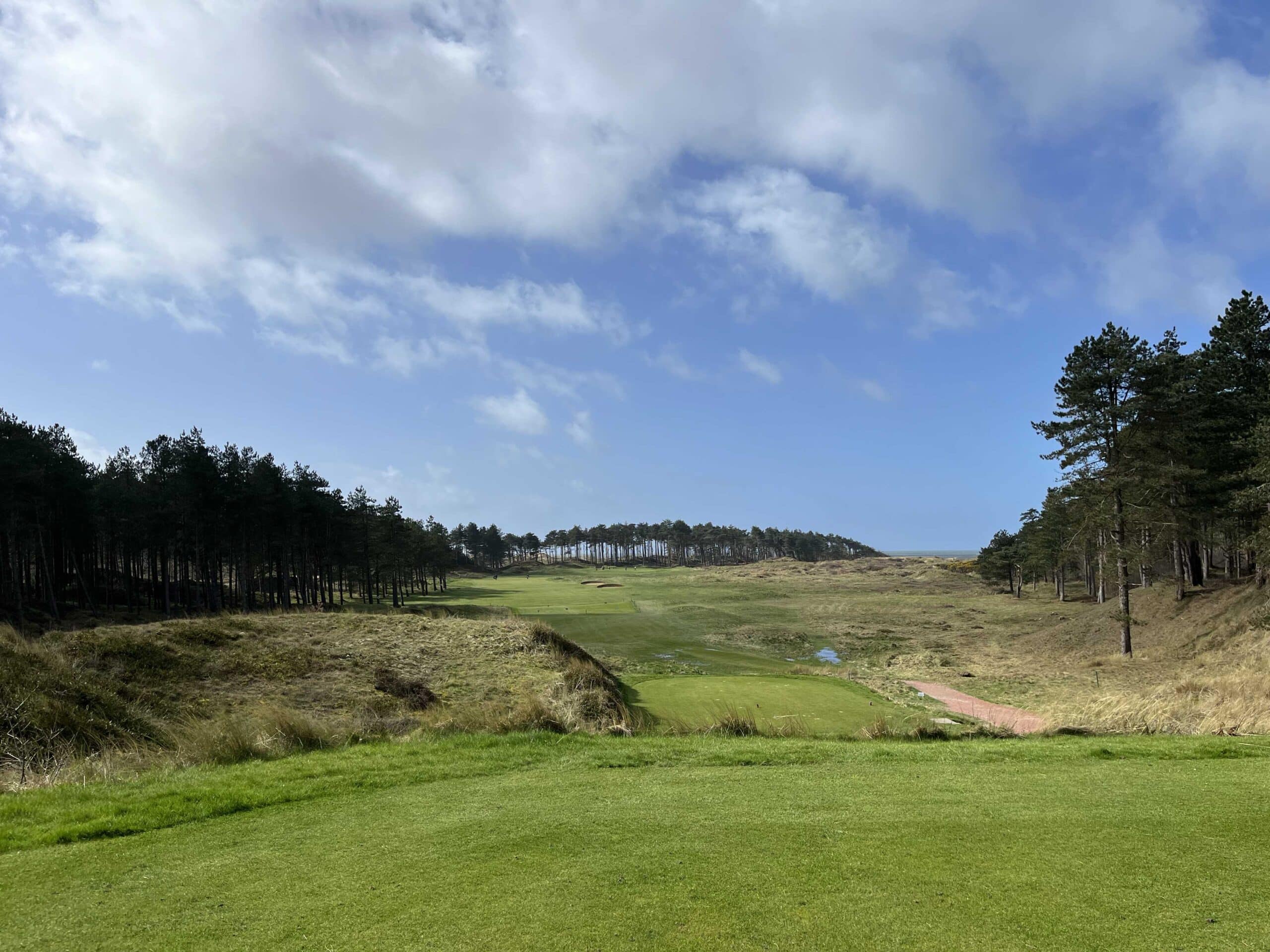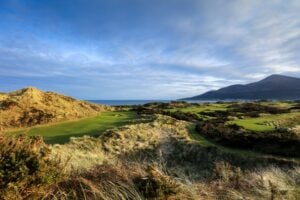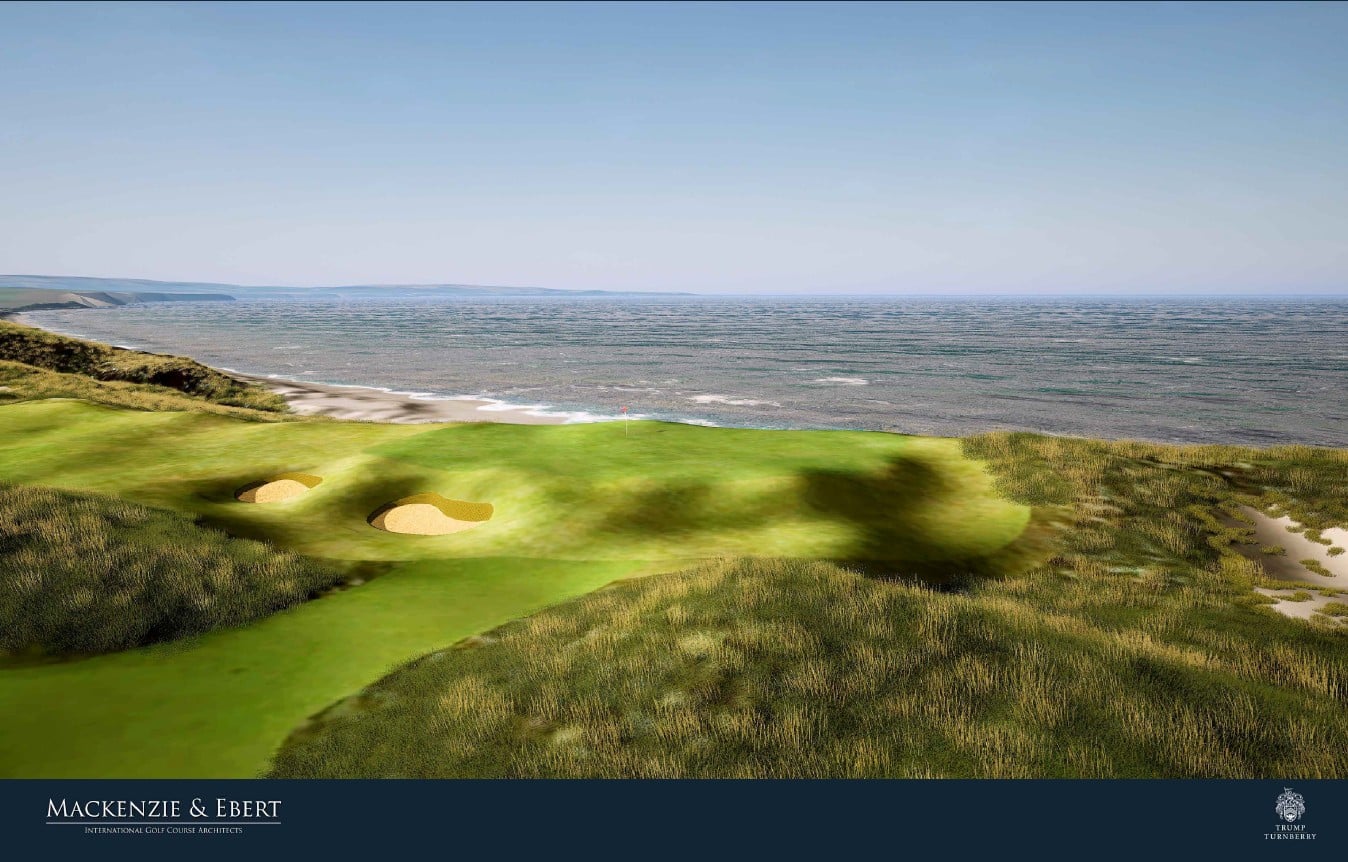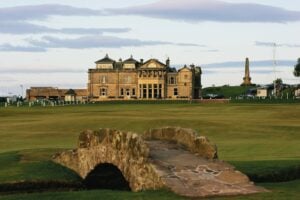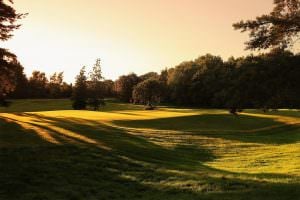How Dumbarnie built a genuine links with a modern twist
Despite designing more than 30 golf courses around the world, Clive Clark felt he had one notable omission on his architecture CV…

How did you get involved in the Dumbarnie project?
I really wanted to do a genuine links golf course. In the desert, I’ve done a course at Fantasy Springs Casino, in California, which is on sand and it was flat and it’s a kind of inland links. But I’d never done a proper links where you use fescue grasses and you’re right by the ocean. I was thinking of how I could do this.
Malcolm Campbell (the journalist, author and former editor of Golf Monthly who lives in St Andrews) knew of this site, Dumbarnie Links, and said if you really want to do a links, this is it. I think you would likely get a permit. And if we can arrange for the landowner for you to get a lease for the land it should all work. I said, ‘Great, I’ll fly over and have a look.’
Clark, who began his design career working with Peter Alliss, liked what he saw on that first visit in 2013.
The land was actually flat, but on two levels – if you can have two levels of flatness that is. I’m used to moving lots of earth if necessary in the desert, because it’s very flat and you’re on sand. So this was a beautiful sandy site, with lovely views.
The further away you go from the water on the top level, you’re higher, so you look into the golf course and across the golf course towards Leven Bay and the Firth of Forth and you can see Muirfield in the distance. It’s about 11 miles across the water to North Berwick and indeed Edinburgh.
It was a really good opportunity so I had meetings with Lord Balniel, whose family own the 5,000-acre estate. He doesn’t play golf, but he thought it would be a good idea to have a golf course. He’s an ecologist by nature, although he’s in the financial world in London, and owns this large estate with the Balcarres mansion, which was built in 1595. He became enthusiastic that it would be good for nature and it would be good for the local people, it would produce jobs.
We came to an agreement whereby we would lease the land and I found some partners. There are 15 of us involved financially in the project, generally friends of mine or people I know from golf clubs in the Palm Springs area. Long story short, we raised the money between us and went through the permitting and then Fife Council reviewed it and we had a unanimous decision to go ahead.
So here we are on 345 acres, which is huge for a golf course and gave me a lot of flexibility as a designer. This was particularly good land because it was a sandy base. It was ideal to do a links with fescue grasses. It has some magnificent panoramic views over the Firth of Forth and, of course, it’s only 11 miles from St Andrews.
On that first visit, could you see the holes in your mind’s eye?
When you’re designing, you’ve got to decide where the clubhouse is going. That’s the first question you have to solve. It’s on the highest piece of land, so you get a beautiful view down the 1st hole, right across the whole bay and the Firth of Forth, it’s almost a 180-degree panorama and it covers about 200 square miles. That’s a lot of water to look at. Having an elevated part of the golf course, you look at holes like three and eight and nine, you’re on the high part going towards the water and you’re about 60 feet above the fairway so you get some view of the golf course.

You said the land was flat but as far as you’re concerned, is it a piece of linksland?
This was genuine linksland. In other words, it was on sand. Pure sand.
Dumbarnie is an unusual project – entirely your own doing. So there wasn’t that same pressure from outside?
No, correct. You’re kind of the chairman of the company and your own boss. You have investors, but in the States 5,000 miles away. So it’s a slightly different set-up to just being the designer.
It’s all embracing, I was playing the developer and the designer. What I set out to do was to design a genuine links golf course on a genuine links site. But a links golf course with a modern twist. So it looks like many of the courses where the Open Championship is played. But on the other hand, it’s very much a risk and reward golf course.
I think that makes it interesting for golfers. There are several examples of split fairways where I can go down that fairway but it’s only 25 yards wide, but it’s heading straight for the green. Otherwise like on hole five, there’s a mass of bunkers in the middle. The other fairway is off to the right, whether there’s half of Fife to aim for.
But, it makes a hole about four clubs longer. So you stand on the tee and think am I going to be a daredevil here and try and gain an advantage of four clubs for my second shot, or am I going to play safe down the other side?

On 17, for instance, you have to drive diagonally over a 300-year-old wall. You can go straight for the green, depending on which tee you’re playing. So it tempts people. But equally, if you go over the wall, there are nine rather gnarly pot bunkers scattered about.
If you get put in one of those, you’re probably going to splash out. You may not be able to get to the green. Otherwise, you can go down the left side where there’s a fairway and then play a 9-iron for your second shot. So that’s the element of risk and reward.
You can run the ball on, it’s typical links in the sense that in a following wind, you can pitch a little short and the ball will release and run on. You don’t have to generally carry bunkers to get to the centre of the green. But there are some holes where, to get at a pin, you would have to go over a bunker. If you’re playing a 3-wood, you’re not going to achieve that so you have to play for the middle of the green. If you’ve got a 9-iron, you can probably stop the ball in time.
There is a prevailing wind, which basically comes from the west. So depending on the wind, a hole that was a drive and a 9-iron is suddenly a drive and a 3-iron. And that’s links golf, it tends to be breezy by the sea.
We have three potentially drivable par-4s, depending on where the wind is and how far you hit it. There are variables. In order to drive them, you have to go over trouble.
It’s not like there’s a tee, the fairway and a green at the end. You either go directly at the green and then you’ve usually got bunkers or hazards to carry. So you’d better hit a good shot or you’d be in trouble. Otherwise, play for the fat part of the fairway and come in at 45 degrees, but you’ve probably got a wedge in your hand. I liken it to Harrods when there’s a 50% off sale going on. You take your life in your hands but there’s a big reward.
How pleased are you with the way that Dumbarnie has matured and the way that golfers have received it?
Everything has really gone pretty much as well as one could expect – and beyond. I talk to players coming off the 18th and see what they think and everybody seems to absolutely love it, which is terrific. I think they like the variety and the fact we’ve got nearly 600 dunes out there, and there were two when we started. The holes feel very individual, you don’t see a lot of other people at any one time, it is nice to have that sort of solitary, natural sort of experience.
So really, other than the first two years with Covid, when we were hoping to see a few overseas players but of course we didn’t. The Scottish people were absolutely magnificent. They got a special deal so they played for much less, but they really supported it. We were really quite busy with pretty much solely Scottish players.

Do you feel you’ve achieved what you set out to achieve?
There’s very little to alter. I work very hard on the design. And then I like to get on site as much as I possibly can when the machines are moving. So you’re not diluting your design. What starts in your mind gets on to paper and that moves into reality, because you’re doing it as one person with your vision. A lot of design companies don’t necessarily work that way. The way I work does not dilute my vision because I control my vision all the way through.
Apart from Dumbarnie, what are your favourite Scottish courses?
The Old at St Andrews I love because it’s so quirky. It has all sorts of things that if you designed it that way today, they’d probably shoot you. I love it.
There’s nothing regular about it. You take the 1st and the 18th – there isn’t a bunker in sight. And yet people take fives and sixes. The 17th is an extraordinary hole. Extraordinary things happen.
I always used to like Muirfield very much, and Carnoustie I always found just a tough golf course to play, very challenging, and you have to play very well to get round.
And Turnberry is an excellent course – although I haven’t played it since they made the latest modifications.
About Clive Clark

Clive Clark grew up in North Yorkshire and was a junior member at Scarborough North Cliff and Ganton.
He won the Brabazon and the Lytham Trophies and reached the final of the British Amateur, losing to the great Michael Bonallack.
He played for GB&I in the 1965 Walker Cup, before he turned professional and enjoyed at least six wins in his career.
Clarke played in 10 Open Championships, with a best finish of third in 1967 at Royal Liverpool. He also finished 17th at St Andrews in 1970, having been fourth at the halfway point and paired with Jack Nicklaus, who would go on to lift his second Claret Jug.
Three years later he faced Nicklaus again, this time in the Ryder Cup, where he paired with fellow rookie Eddie Pollard to take on the Golden Bear and Tom Weiskopf.
He went on to work alongside Peter Alliss in the BBC commentary box and then began his architecture career with his fellow Englishman.


